

Shane O'Donoghue
2025 Nissan Ariya Nismo review: Quick drive
6 Days Ago
We drive the refreshed Alfa Romeo Stelvio which comes with improved cabin refinement, more safety kit, and updated infotainment.

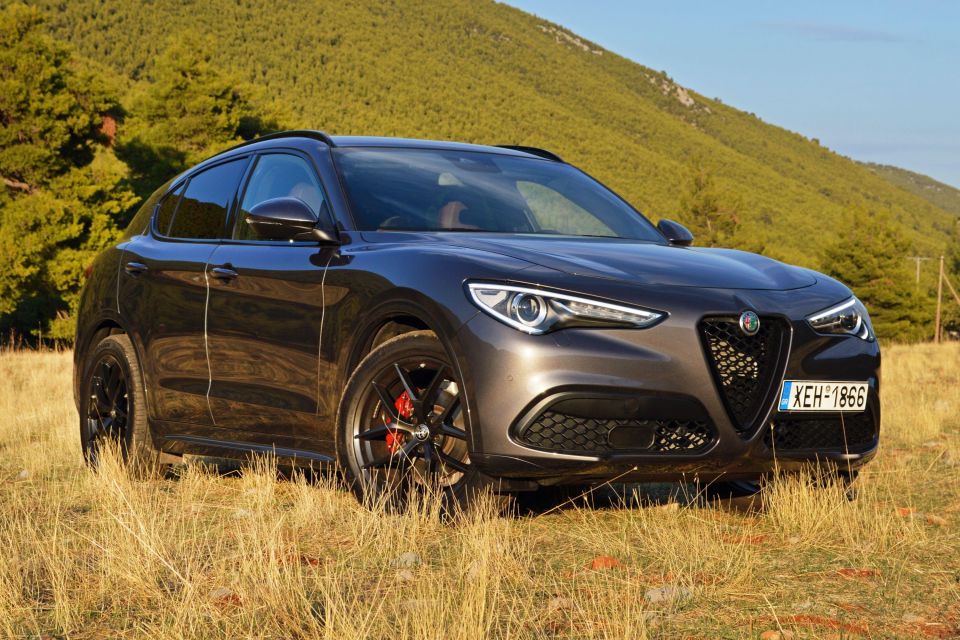

Design Contributor
New from
$71,900
excl. on-roads

Design Contributor
New from
$71,900
excl. on-roads


Design Contributor
New from
$71,900
excl. on-roads

Design Contributor
New from
$71,900
excl. on-roads
Quickly see how this car stacks up against its competition. Select any benchmark to see more details.
Where expert car reviews meet expert car buying – CarExpert gives you trusted advice, personalised service and real savings on your next new car.
Since launching the Giulia (2015) and Stelvio (2016) – both based on the all-new Giorgio platform – Alfa Romeo has gone through a lot of changes. While those models helped the Italian brand re-establish itself as a premium manufacturer, the strategy for its future has subsequently been altered.
The latest plan depicts a range of four models, including the updated Giulia alongside three SUVs: the updated Stelvio, the brand new Tonale, and another unnamed fully electric model (likely based on the PSA Group’s eCMP platform).
Those plans may sound dull to the petrolhead Alfa Romeo fans around the world – hot versions of the Giulia and limited-run Giulia GTAm flagship aside – but they showcase the necessity of a broad SUV range in today’s world.
Alfa Romeo’s first SUV, named after the Stelvio Pass in the Eastern Alps, carries a huge weight on its shoulders. It needs to prove the Alfisti spirit can be infused in a high-riding vehicle.
The updated Stelvio was announced in December 2019 alongside the updated Giulia, trying to build on the pre-facelift car’s strengths (sharp looks, sharp drive) and address some of its weaknesses.
The guys at Centro Stile didn’t change much on the outside, adding a richer colour palette, more body-coloured parts at the Veloce trim level and new alloy wheel designs, leaving more significant changes for the next facelift.
Their efforts were more focused inside the cabin, where they improved the perceived quality and fitted an updated infotainment system developed by Magneti Marelli.

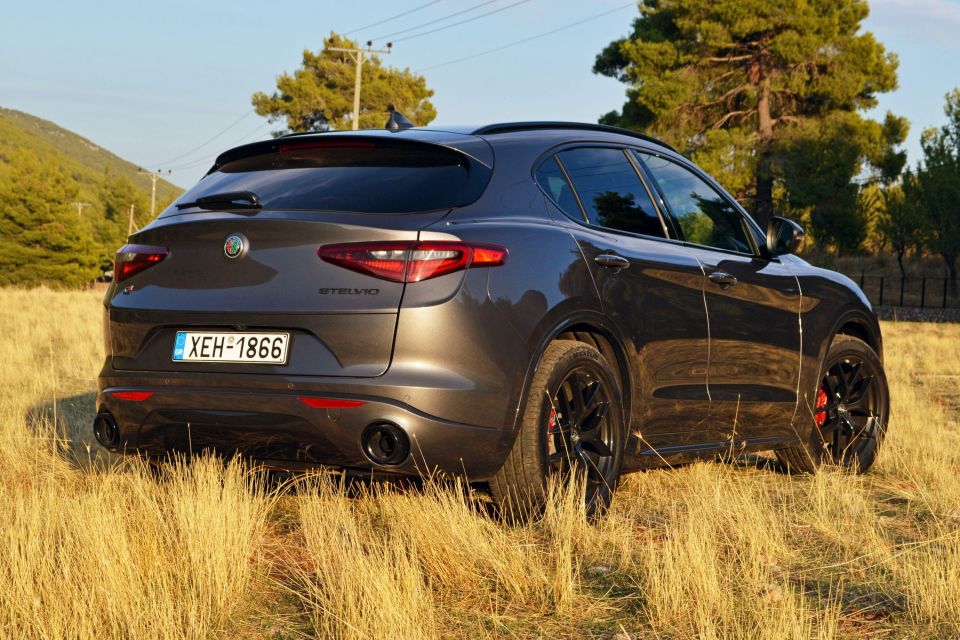
The updated Alfa Romeo Stelvio is expected to arrive Down Under in the first quarter of 2021 and pricing is yet to be announced. Judging from the updated Alfa Romeo Giulia, we expect a similar increase in the base prices of the new model.
In Italy the base Stelvio starts from €48,500 and our well-equipped Stelvio Veloce cost €65,200 as the second most expensive version behind the range-topping Stelvio Quadrifoglio (€101,000).
There are some great offers for the current model in Australia, with demo cars starting from $49,900 drive-away for the Stelvio 2.2 Diesel ($51,900 with the Veloce pack), $60,900 for the Ti, and $119,990 for the flagship Quadrifoglio.

In Europe, the base Stelvio has 17-inch wheels, fabric seats, a leather steering wheel, an 8.8-inch touchscreen with Alfa Connect, a 7.0-inch screen in the instrument cluster, an eight-speaker sound system, dual-zone climate control, six airbags, and a basic package of active safety systems including autonomous emergency braking, lane departure warning, cruise control, and hill descent control.
The Super gets 18-inch wheels, rear parking sensors and adaptive xenon headlights, while the similarly-specced Business comes with 17-inch wheels and adds adaptive cruise control, Apple CarPlay and Android Auto compatibility, and a second rear USB port.
The Ti (Turismo Internazionale) is distinguished by 19-inch wheels, chrome window frames, Dark Miron or Vesuvio Grey finish for the side skirts, wheel arches and rear bumper, wooden cabin trim inserts, leather seats (heated at the front with eight-way adjustment), a leather-wrapped dashboard, a rear-view camera, a 10-speaker sound system and aluminium pedals.
It also gets a rear limited-slip differential and Frequency Selective Damping by KONI.

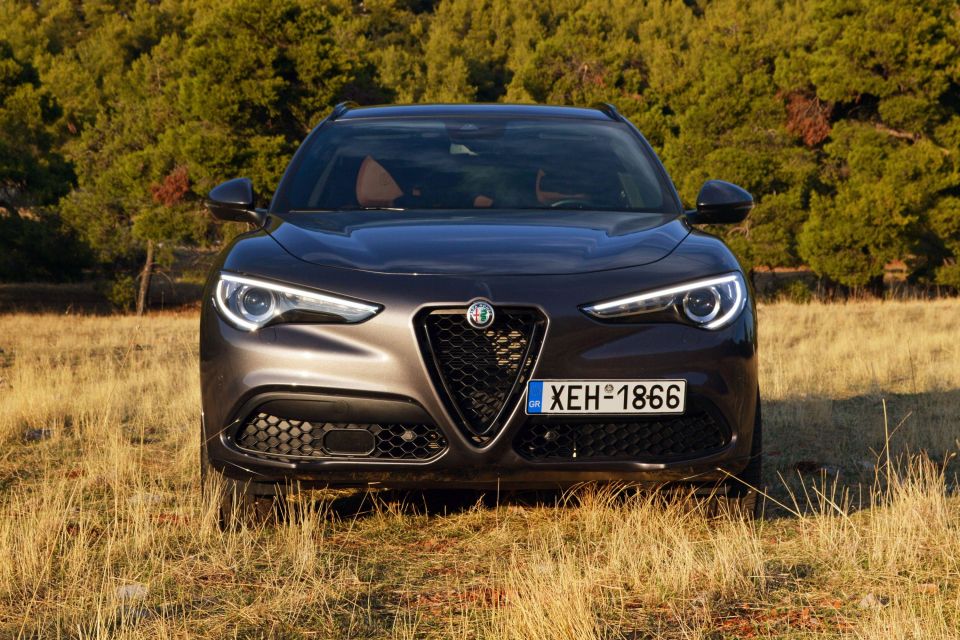
The Sprint looks more sporty with 19-inch wheels, black brake calipers, Dark Miron details (badges, scudetto grille, tailpipes and skid plate), aluminium inserts inside the cabin, and leather and fabric seats.
The Veloce on test has a different set of black 20-inch wheels, body-coloured side skirts, wheels arches and bumper extensions, Dark Miron exterior details, aluminium inserts inside the cabin, a heated leather-wrapped steering wheel, and heated leather seats with six-way electric adjustment and lumbar support.
Last but not least, the flagship Quadrifoglio gets a unique bodykit, a vented aluminium bonnet, body-coloured arch extensions, tinted windows, 20-inch wheels, a rear spoiler, tinted and transparent covers for the LED taillights, and an aggressive rear bumper with an integrated diffuser and four round tailpipes.
The current Alfa Romeo Stelvio has a five-star rating from ANCAP based on testing conducted in 2018. It scored 97 per cent in adult occupant protection, 84 per cent in child occupant protection, 71 per cent in pedestrian protection, and 60 per cent in safety assist.


The updated Stelvio will come with an improved package of driver assistance systems developed by Bosch, allowing Level 2 autonomous driving.
Those include lane-keeping assist, blind-spot monitoring, adaptive cruise control, traffic sign recognition, traffic jam assist, highway assist, and driver attention assist. All trim levels come with six airbags.
Getting inside the spacious cabin, you immediately notice the beautiful and comfortable leather seats with good lateral support, six-way electric adjustment and memory, although they could use a massage function.
The next thing you notice is the high seating position with the sporty three-spoke steering wheel in front of you that integrates the Start/Stop button in a similar manner to a supercar from Maranello.
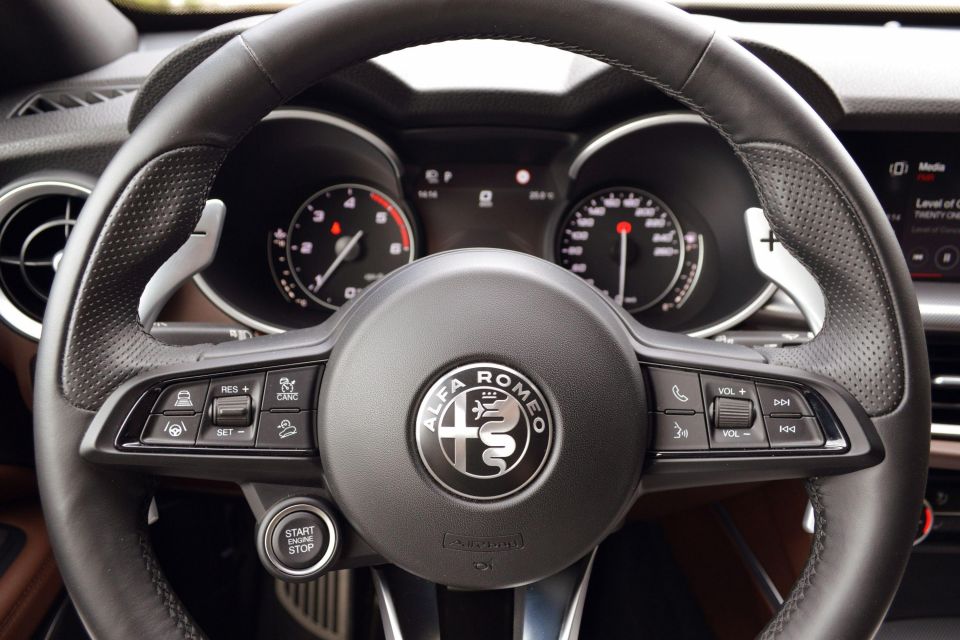
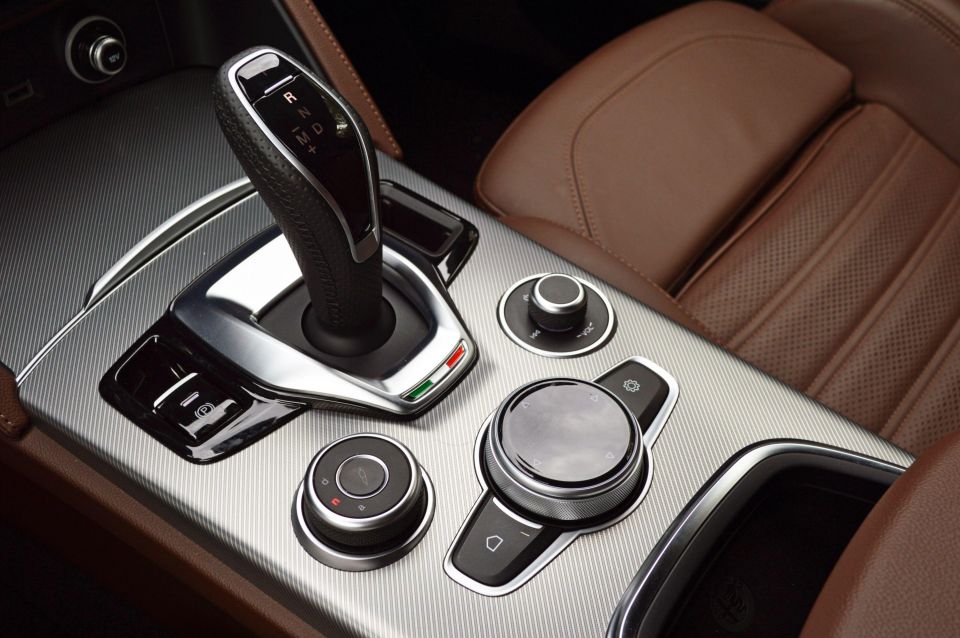
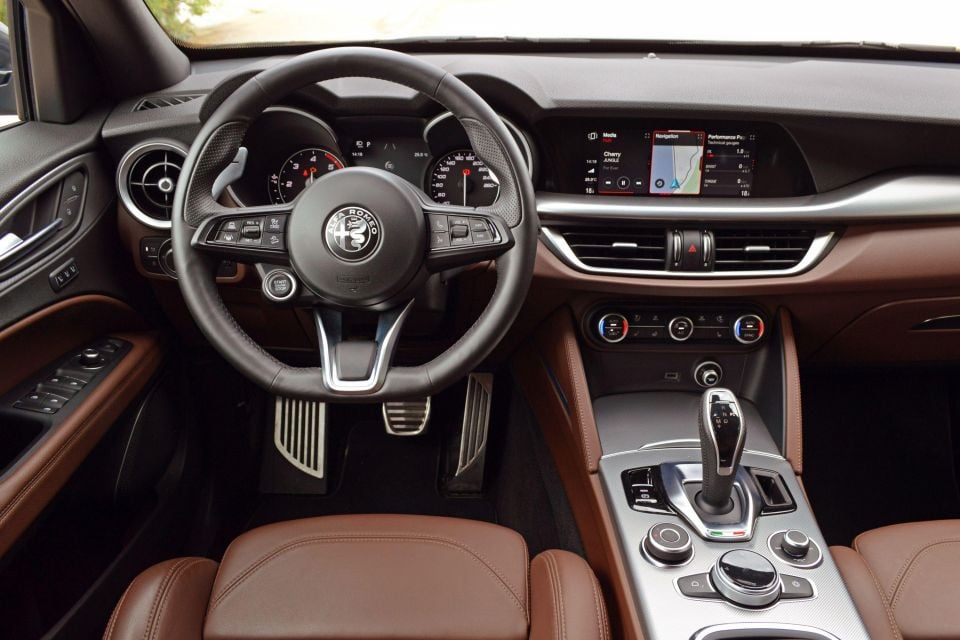
Behind it, the large gearshift paddles are made from real aluminium, such as you would expect from a high-end sports car. Unlike the digital-cockpit craze, the Stelvio keeps it simple and traditional with two gorgeous round analogue instruments and a 7.0-inch screen between them. Unfortunately, a head-up display is not available in any trim level.
The central 8.8-inch touchscreen is beautifully integrated in the soft-touch dashboard, and doesn’t follow the tacked-on-tablet design trend of German competitors. Most importantly, it incorporates an updated infotainment system that can be operated either by touch or by the circular knob on the central tunnel.
It has crisp graphics, minimal lag, and a simple layout for the menu that doesn’t distract the driver from the road. Media, navigation, performance data, vehicle information, driver assistance, climate controls, phone and settings that can all be arranged according to your preferences, and the system supports Apple CarPlay and Android Auto.
It’s also very easy to turn the screen off completely – just two clicks away – whenever you want a digital detox. For more traditional users, the Stelvio comes with physical controls for the automatic dual-zone air-conditioning as an alternative to the climate tab on the touchscreen.
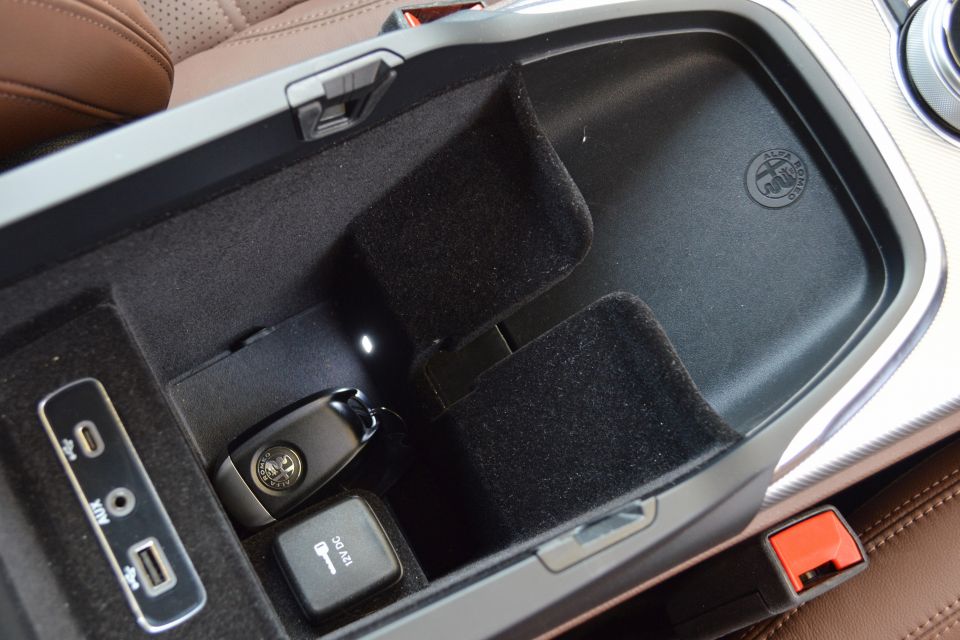

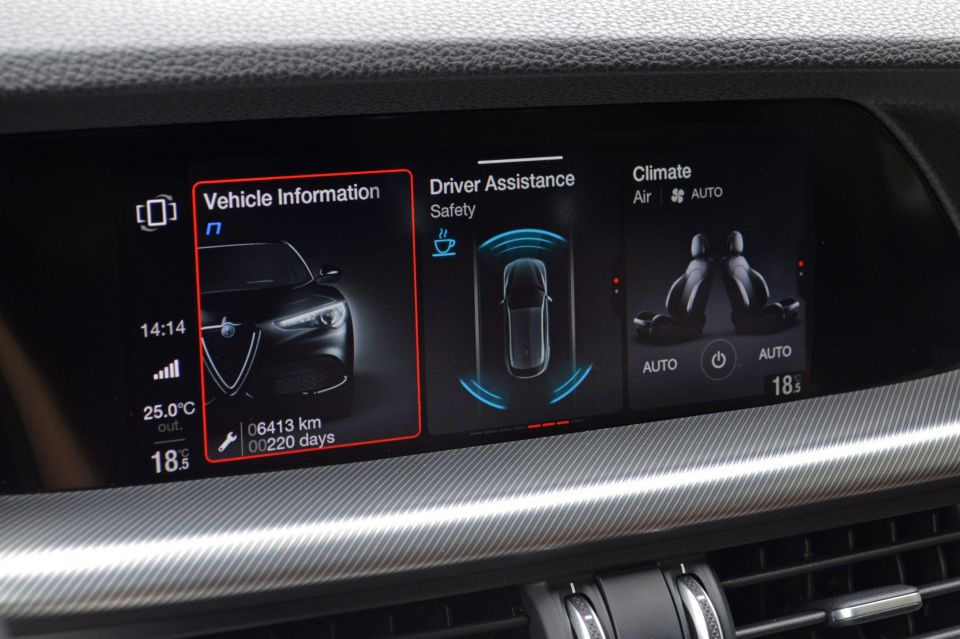
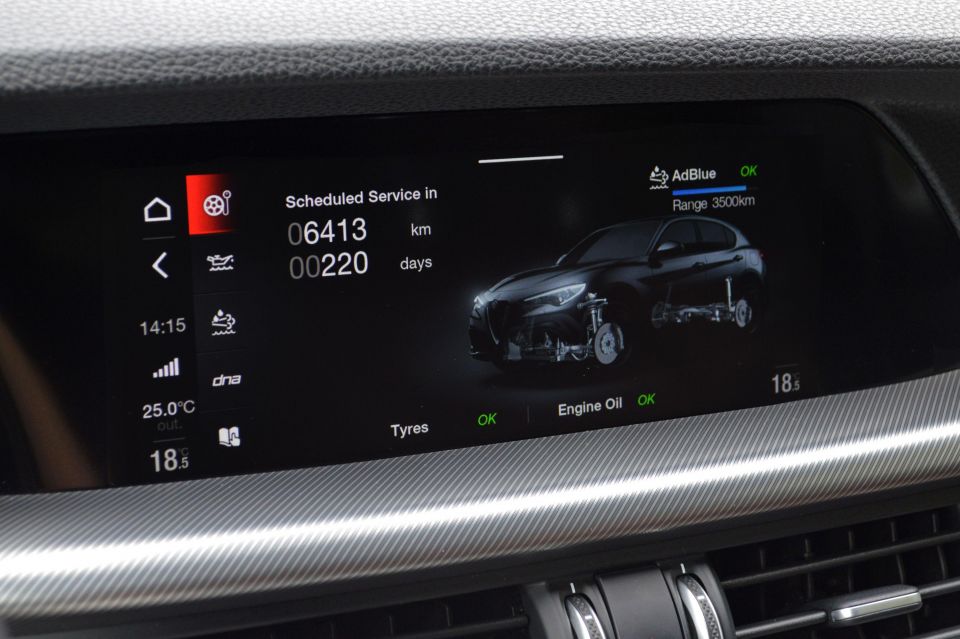
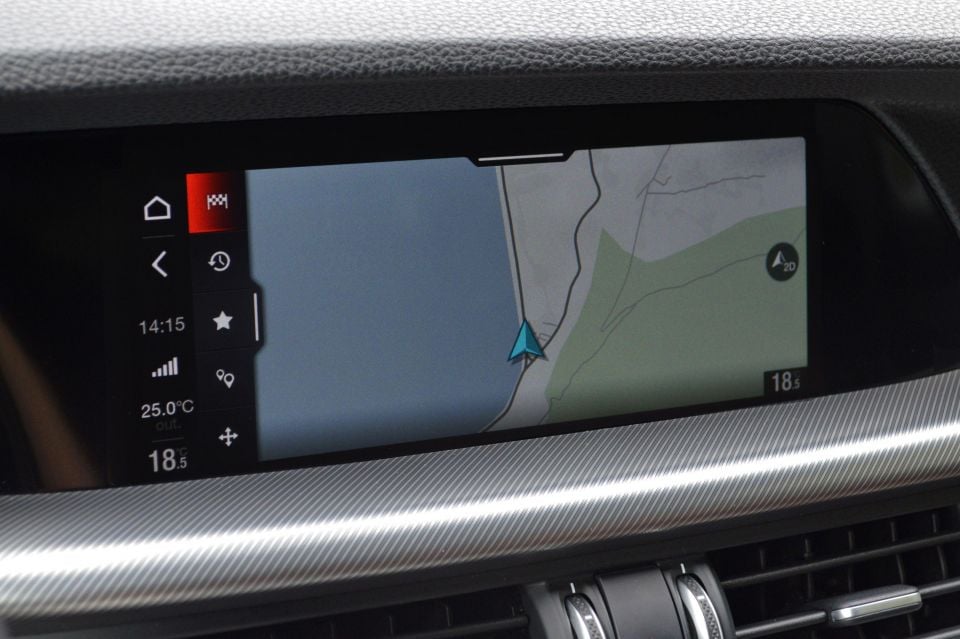
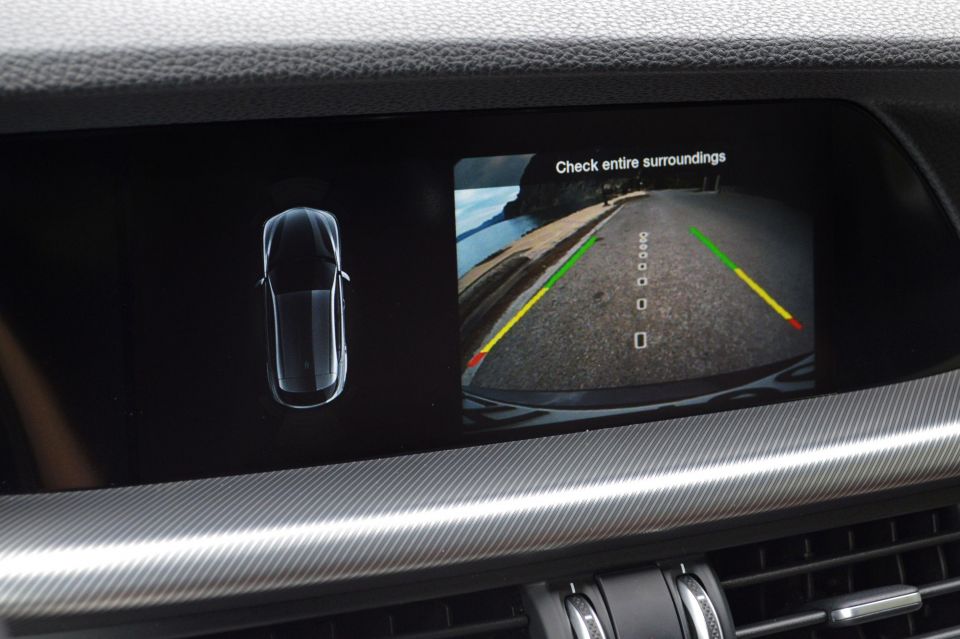
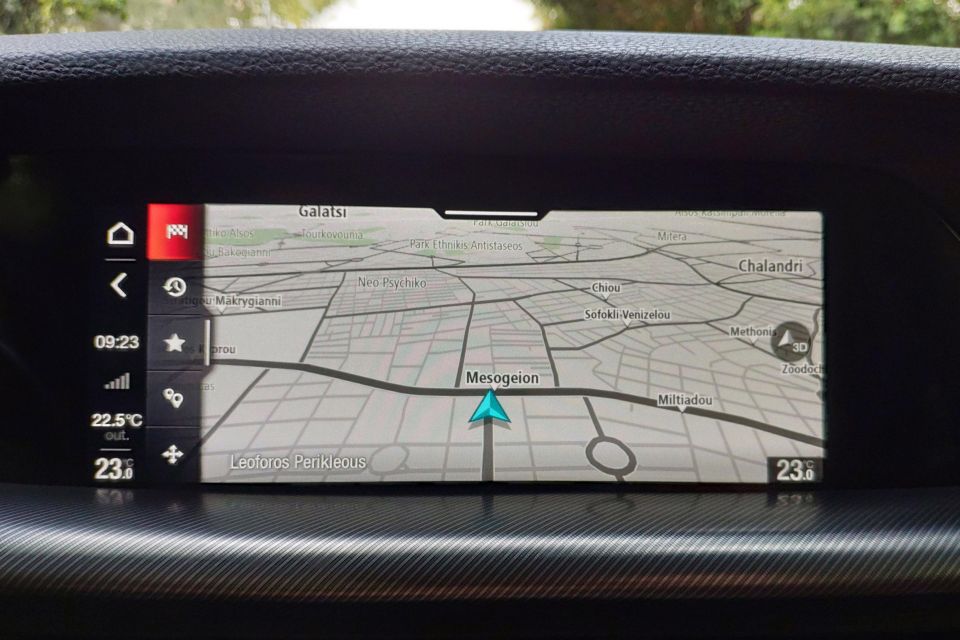
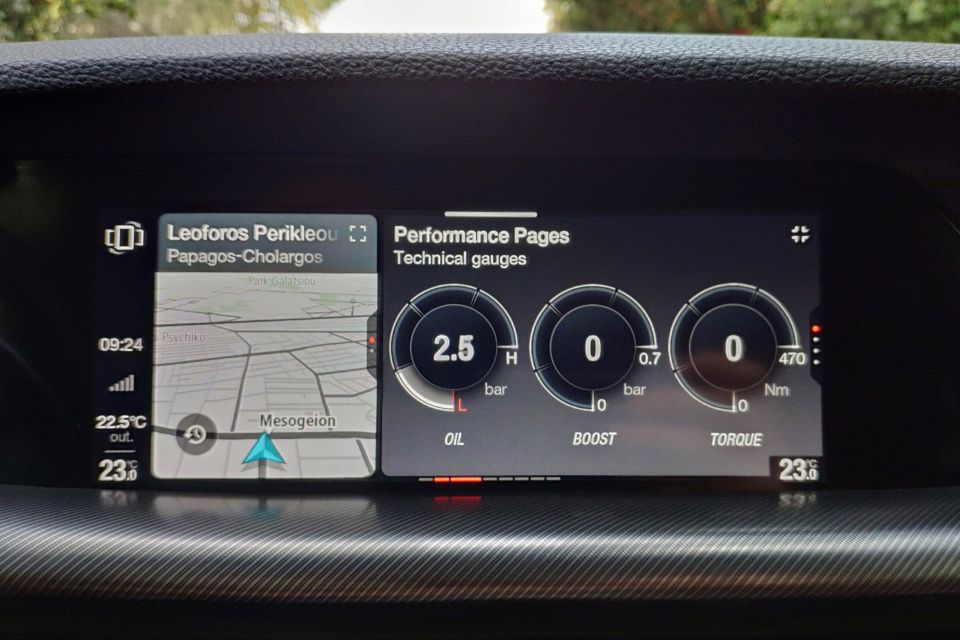
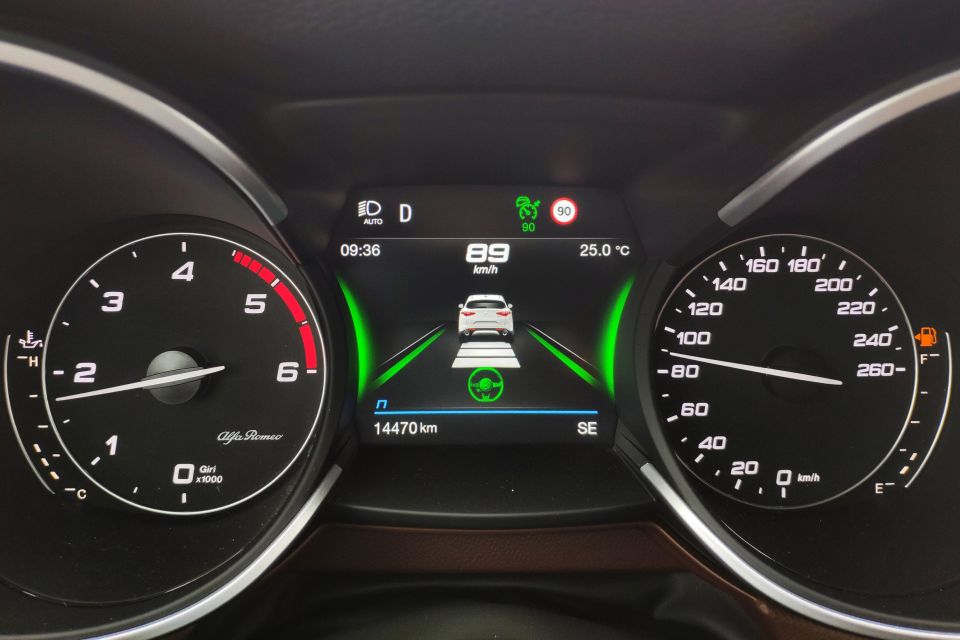
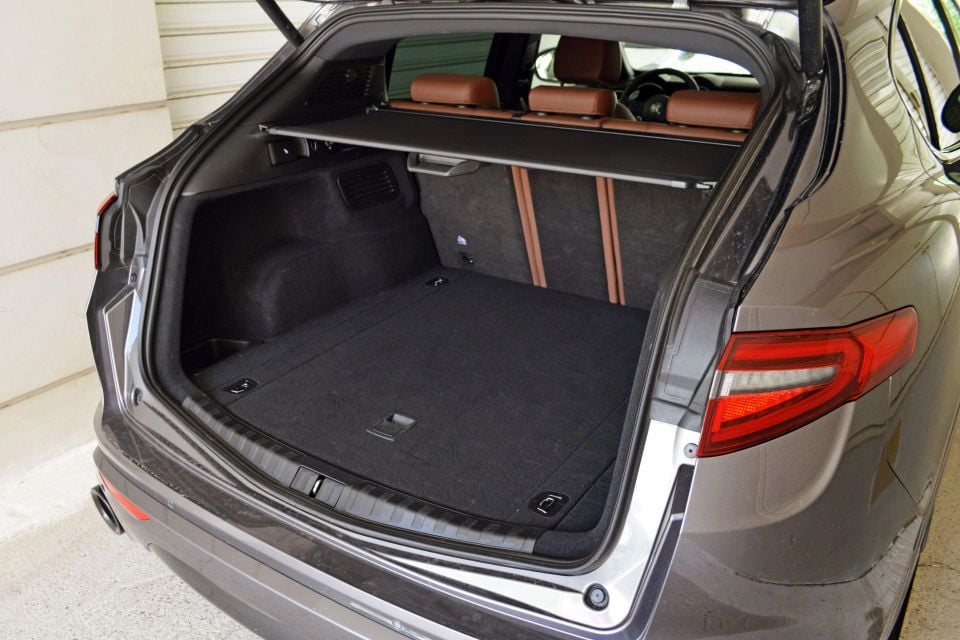
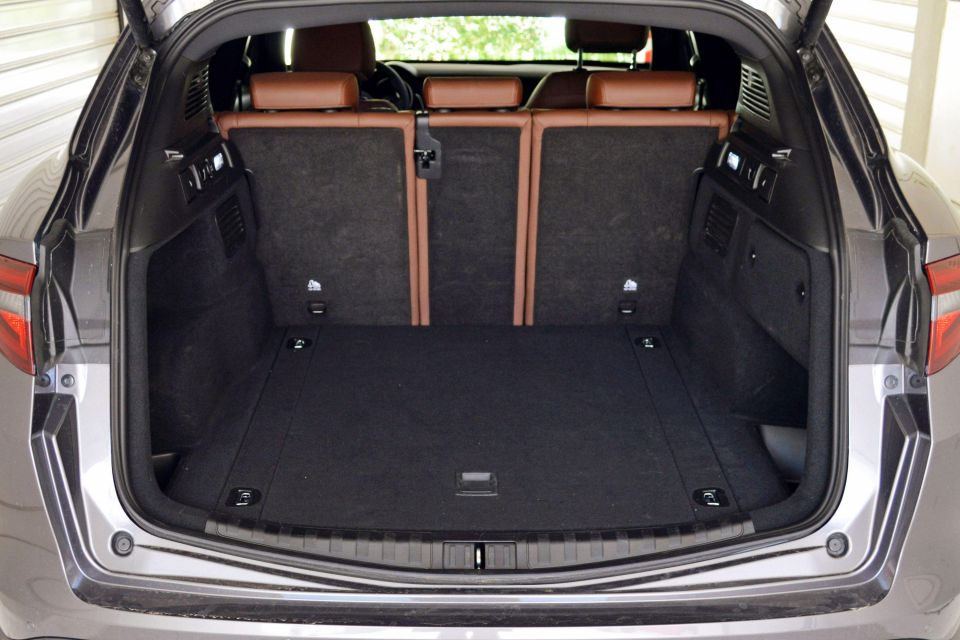
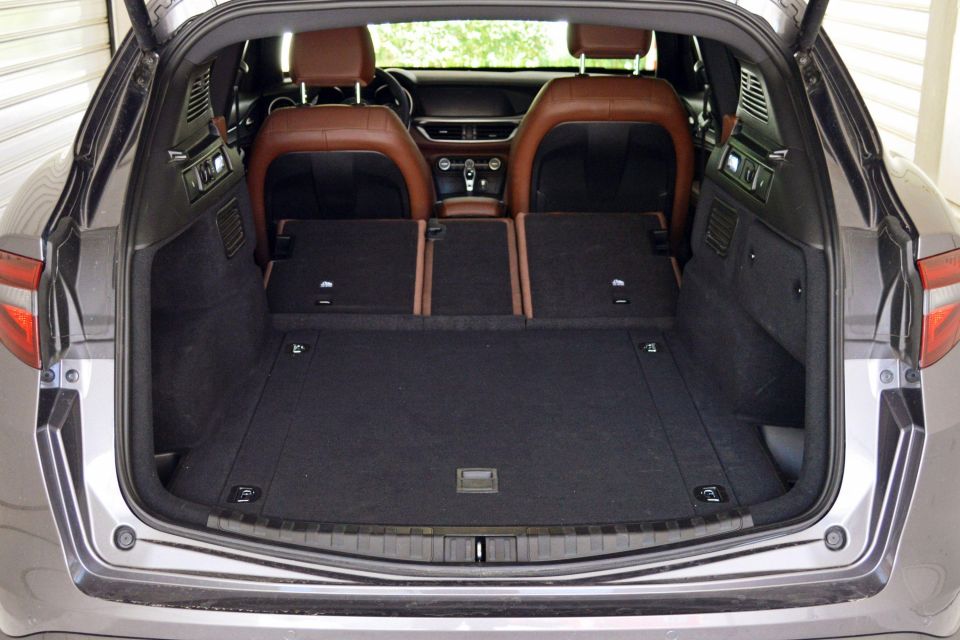
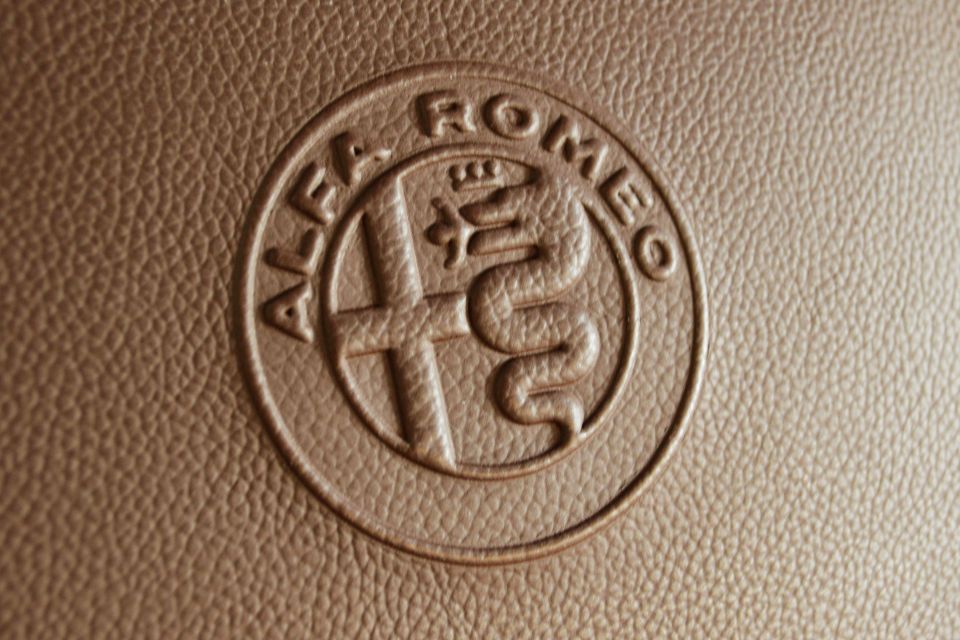
Alongside the infotainment, the most important update in the Stelvio is the redesigned central tunnel that feels a lot more premium than before.
It’s now made from better quality materials (aluminum finish on the Veloce we tested), features a brand new gear shift knob dressed in leather, maintains the circular knobs for the infotainment and DNA driving mode selector, has a special place for the key, and houses a more practical and beautiful leather-covered armrest.
Underneath it, there is a very useful pouch with wireless charging capability for your smartphone, and a storage bin with a 12V socket, USB, USB-C and AUX ports allowing the cables to remain hidden from sight.
There are also two additional USB ports for the rear passengers and one more in front of the cupholders for a total of five.
The base eight-speaker audio system we tested performed nicely, but we expect the 10-speaker version or the optional 900W 14-speaker Harman Kardon system to be even more suitable for true audiophiles.
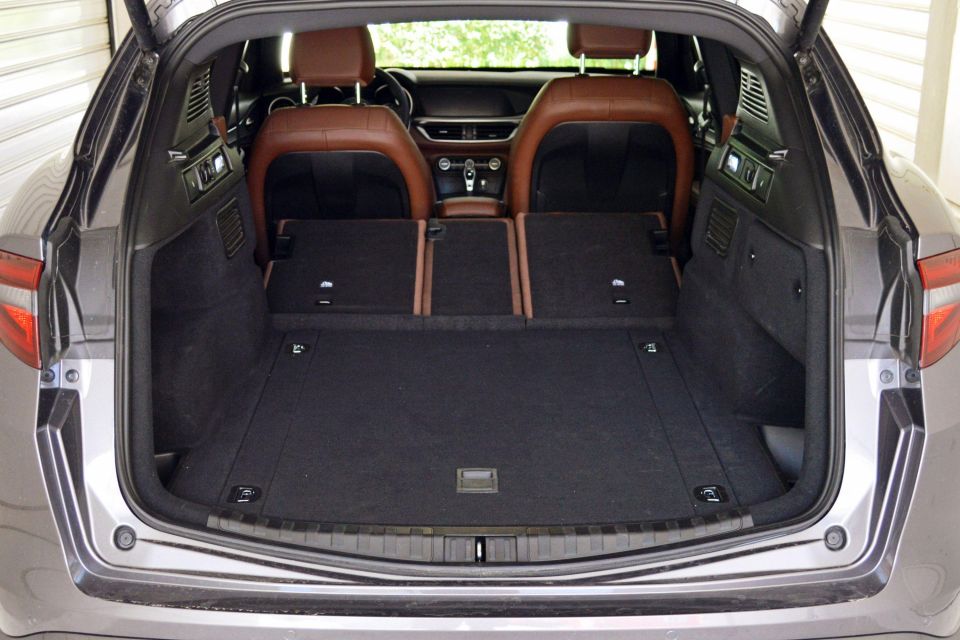
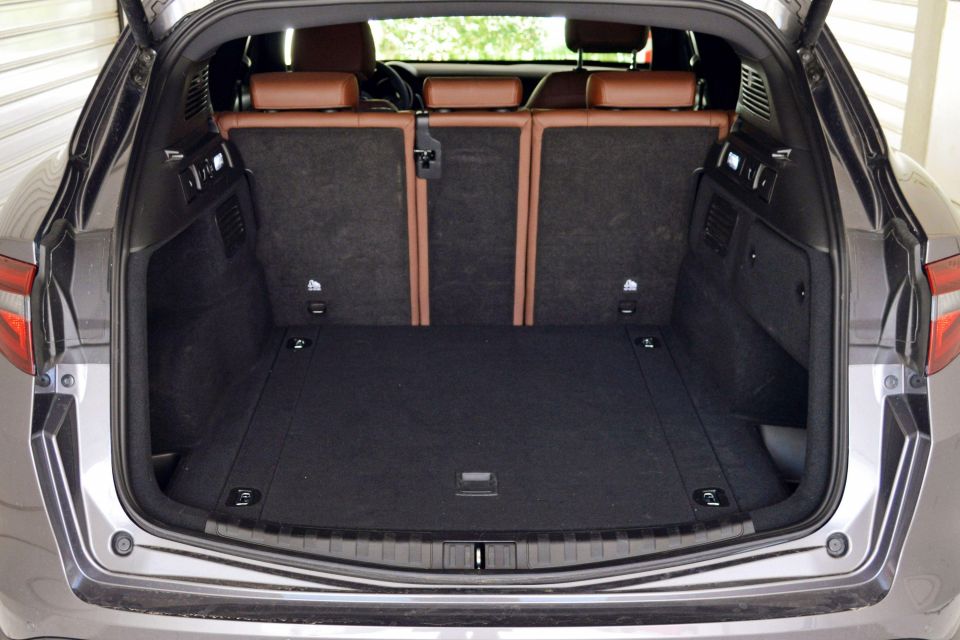

Thanks to the aforementioned changes and the attention to detail when it comes to the main touch points (steering wheel, gear knob, doors, armrest, dashboard), the perceived quality has been improved. The only things that could be improved are the plastics on the climate vents and the inner part of the instrument cluster, as well as a better ambient lighting package.
Moving over at the rear bench, there is enough space for up to three adults, with plenty of legroom and headroom on par with the rest of the premium D-SUVs. Rear passengers get two cup holders on the fold-down armrest, tinted windows, dual climate vents, ISOFIX mounting points, and rather small storage bins on the door cards and on the seatbacks.
Behind the electrically-operated tailgate is a respectable 525L of cargo space (or 499L when you select the optional spare wheel) that can reach up to 1600L when you fold the rear seats. This is slightly smaller than the BMW X3 (550L), Mercedes-Benz GLC (550L) and Audi Q5 (540L), but larger than the Porsche Macan (500L).
The 2.2-litre turbo-diesel four-cylinder engine produces 154kW of power at 3500 rpm (down from 3750 rpm) and a hefty 470Nm of torque at 1750 rpm.
Power is sent to all four wheels through an eight-speed automatic gearbox from ZF with the help of the rear-biased Q4 system. This includes an active transfer case, a front differential, and in our case a rear limited-slip differential.
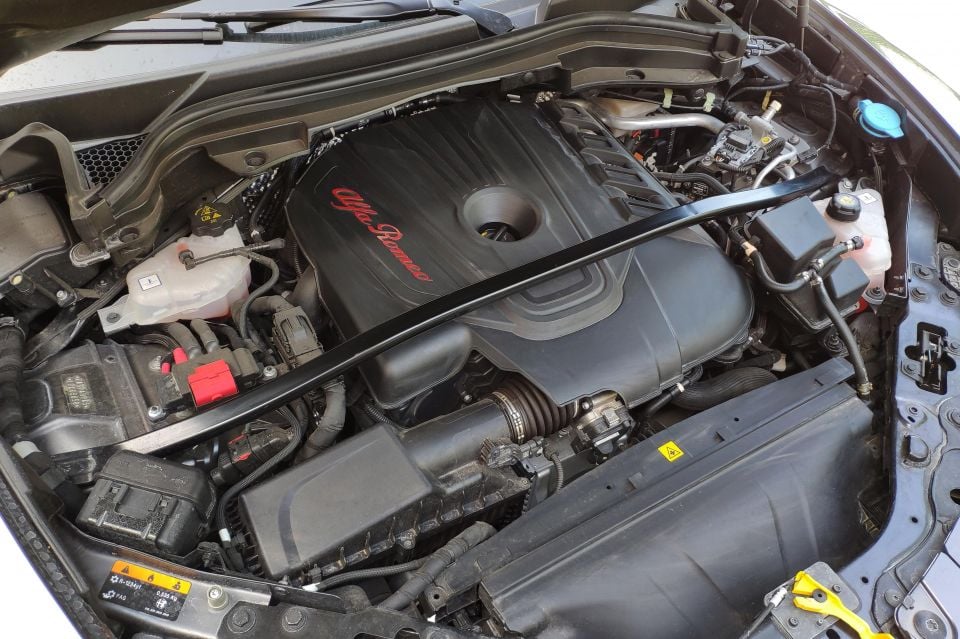
All those systems are working together to optimise torque distribution, sending up to 50 per cent of the torque to the front axle when needed. The 0-100km/h sprint is completed in a respectable 6.6 seconds while top speed is 215km/h.
The Stelvio is also available with a turbocharged four-cylinder 2.0-litre petrol engine producing 148kW/330Nm in base spec, or 206kW/400Nm in the more powerful version. Finally, the flagship Quadrifoglio boasts the mighty 2.9-litre V6 Bi-Turbo engine producing 375kW of power and 600Nm of torque.
In Europe there are also less powerful derivatives of the 2.2 diesel with 118kW or 140kW and 450Nm combined with rear-wheel drive, however we don’t expect those in Australia.
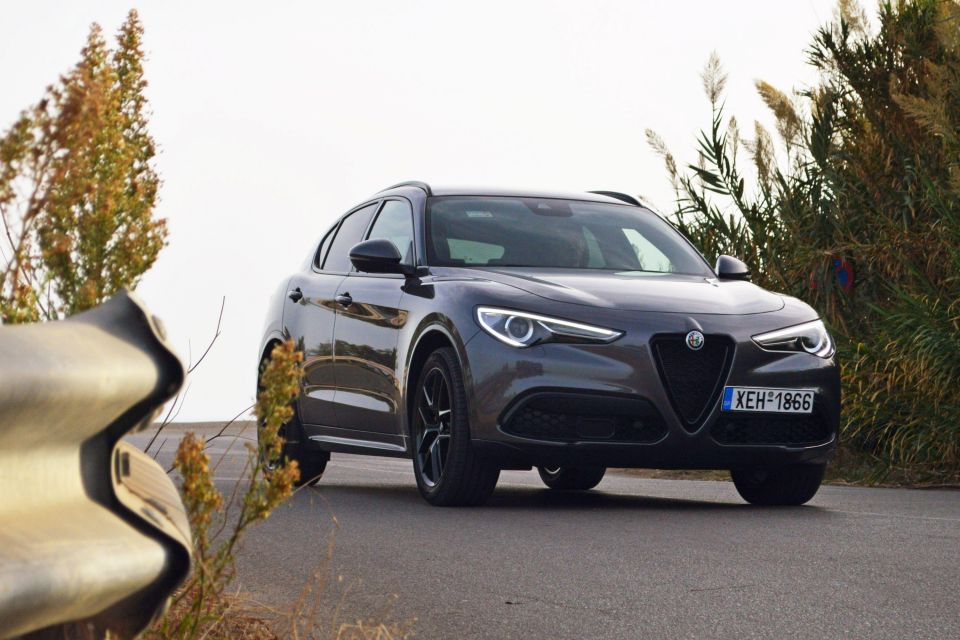
I won’t lie. When I got the bulky key I was prepared to meet my hero SUV, so I rushed to a twisty country road to test it closer to the limit. Initially it didn’t meet high expectations – not because it did something wrong – but because it is impossible to defy the laws of physics.
And while projecting every single flaw of the driving experience to the characteristics associated with the D-SUV segment, something flipped in my mind and I realised how fast I was going! Without checking the speedometer, I found myself travelling at least 20-30km/h above the speed I would normally sustain with most other cars.
This immediately restored my faith in Alfa Romeo’s engineers as it explained the feeling of weight in the tight corners, while showcasing the amazing work they have done in both the ride quality and the improved sound insulation.
After spending more time with the car, judging it objectively for its weight and size, I came to the conclusion that this is by far the most driver-focused car of the premium D-SUV segment. It is also the lightest in its segment, weighing 1745kg in diesel form, thanks to the carbon-fibre driveshaft and the extensive use of aluminium (bonnet, doors, hatch, front and rear fenders, engine, and suspension).
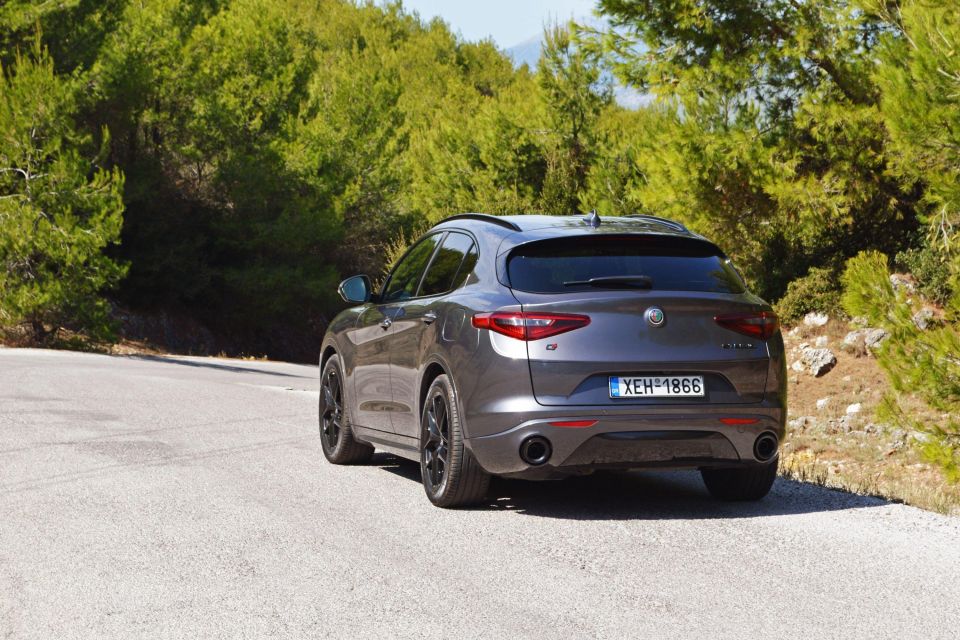
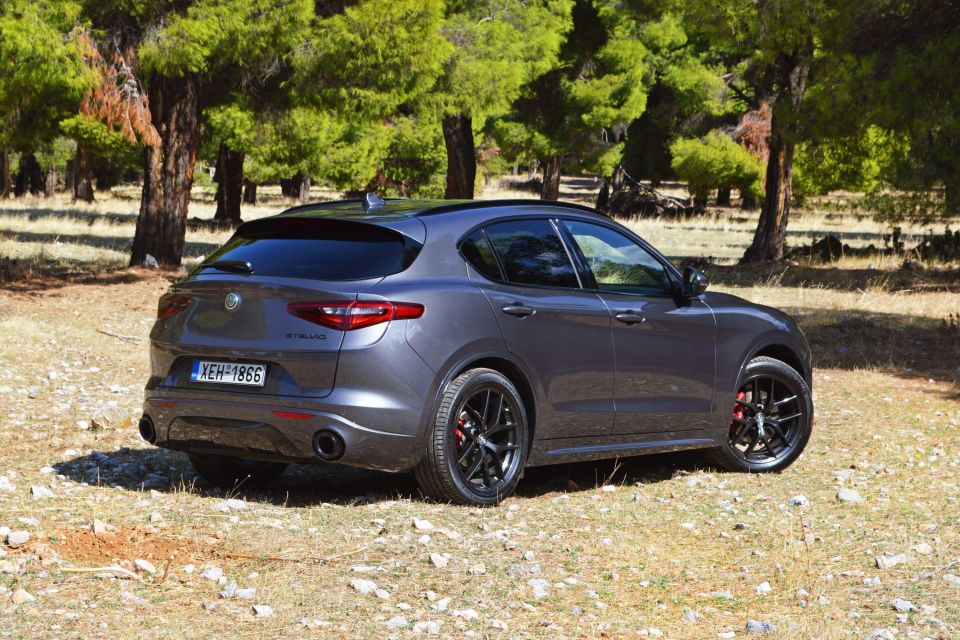
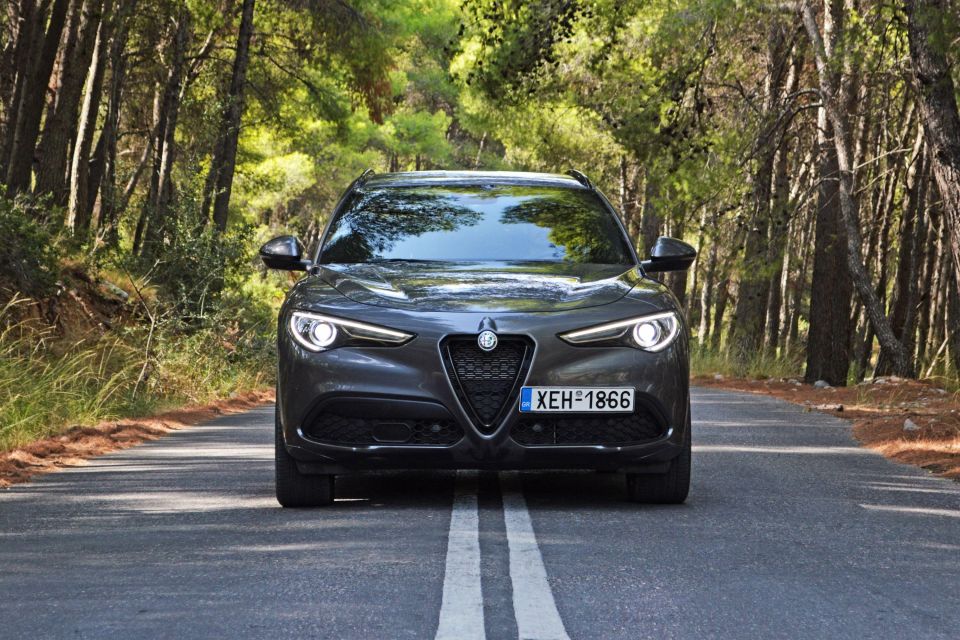
Yes, the Stelvio is no Giulia (it couldn’t be) as the increased ride height means it sacrifices some driving dynamics for added practicality. However I must admit that given the circumstances, it gets pretty close.
Like in every Alfa Romeo, the DNA driving mode selector offers the choice between Natural (default mode), Dynamic (sharpens the response from the throttle, brakes, steering and gearbox) and Advanced Efficiency (for better fuel economy and reduced emissions).
The steering is so fast and direct you can’t really compare it with the numbness of most competitors. For daily use, Natural mode is more than enough, but when you switch it to Dynamic, the steering gets slightly more weighted, approaching the ideal setting for spirited driving.
And while this is the strongest characteristic of the Stelvio and the one that distinguishes it the most from the rest of the pack, it’s not its only virtue.
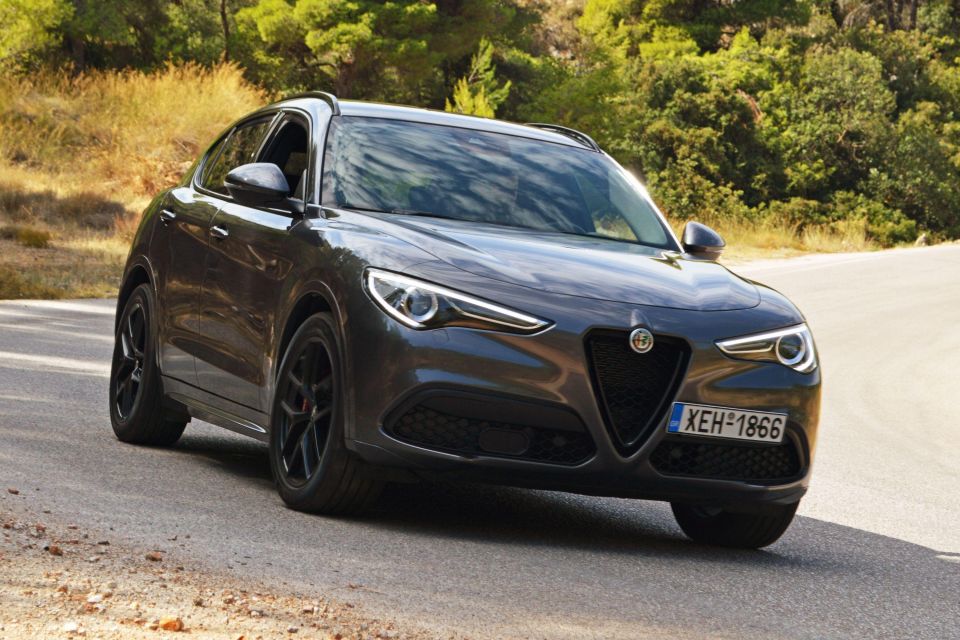
The 2.2 turbo diesel engine gives you enough power to enjoy at full throttle, while being significantly more fuel efficient compared to the 2.0-litre petrol alternative. The ZF automatic gearbox is quite fast and responsive, holding gears for longer in Dynamic mode that also allows you to properly use it as a manual from those lovely shift paddles.
Brakes are strong and durable (ventilated discs measuring 330mm at the front and 292mm at the rear) while the brake pedal has a progressive feel that gives you confidence.
The Alfa Active Suspension does an amazing job at balancing the need for comfort with tight body control. In Dynamic mode with Frequency Selective Damping in the default setting (you can also select softer dampers), the Stelvio is one of the few SUVs that feels at home on a twisty country road. The good thing is it manages to keep its composure without being too stiff.
On the highway, the Stelvio reveals all of its glory. It’s an excellent choice for a long-distance cruiser.
You can easily sustain speeds of 140km/h or more (where permitted, of course), with the rest of the passengers thinking you are closer to the 100km/h mark thanks to the ride refinement, the great chassis and the exemplary sound insulation.
It was the first time in my career as a motoring journalist that both my mother and my wife asked me to go faster.
The improved driving assistance systems and the advertised Level 2 autonomy are very easy to use and work well under any circumstances. Even when other drivers cut me off while using the adaptive cruise control, the car’s reaction was surprisingly calm and reassuring.
The only problem I had with them is that, after a while, I missed having control of this amazing steering wheel. Consequently, I found myself disabling them once in a while in order to enjoy the full experience.
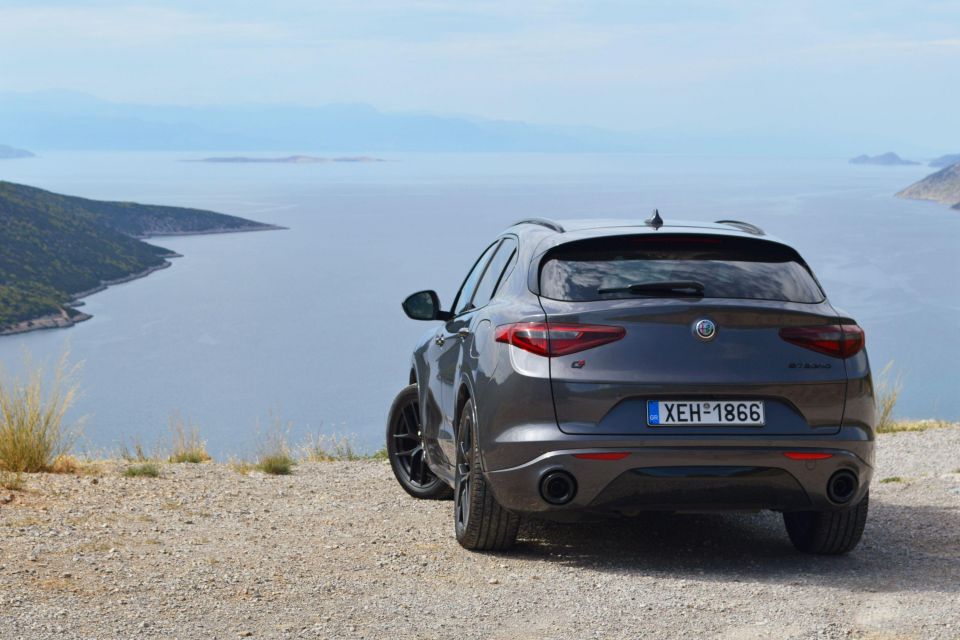
In a similar manner, the Stelvio is a real sanctuary in the city. While it is a big car (4687mm x 1903mm x 1671mm) it feels smaller and more nimble than you would imagine.
My only complaints are the characteristic diesel sound at start-up, the noisy air-conditioning, and the Start-Stop function that’s adequately fast, but can’t match the speed and operational range of its electrified competitors with mild-hybrid systems.
The Alfa Romeo Stelvio might be an SUV equipped with an all-wheel drive system but don’t expect it to do more than light off-roading.
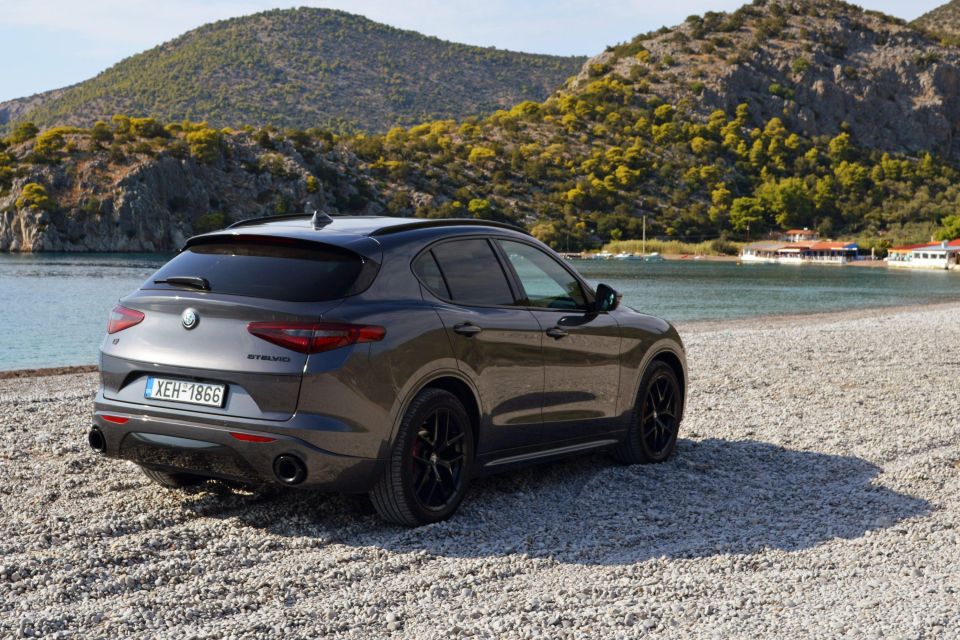
Where expert car reviews meet expert car buying – CarExpert gives you trusted advice, personalised service and real savings on your next new car.
The Q4 system is designed for maximum performance and safety in all weather conditions, as long as you stay on tarmac or light gravel roads. As we mentioned earlier it is rear-biased and doesn’t have a lock function, which is also the case with most of the premium performance SUV offerings.
Overall, in more than 1000km of mixed driving (city, highway, twisty roads), my average fuel consumption was 7.4L/100km and I barely touched the Advanced Efficiency mode on the DNA selector.
This might be far from the advertised 4.8L/100km however it’s still a pretty good fuel economy figure considering the size of the car and my driving style during this test – which was definitely closer to that of a typical Alfa buyer.
Alfa Romeo offers a three-year, 150,000 km warranty.
The Stelvio requires servicing every 12 months or 20,000 km (15,000 km for the petrol variants). For the first five years, capped-price servicing costs $395, $645, $465, $1065 and $345 respectively.
The Alfa Romeo Stelvio is a handsome, premium and sporty SUV with a distinctive character as the most driver-oriented car in its segment. At the same time, it’s an amazing cruiser with comfortable suspension and a cabin that feels like a sanctuary.
The latest update has improved the premium feel of the interior, the autonomous driving capabilities and the infotainment system which is among the best without being intrusive to the driving experience.
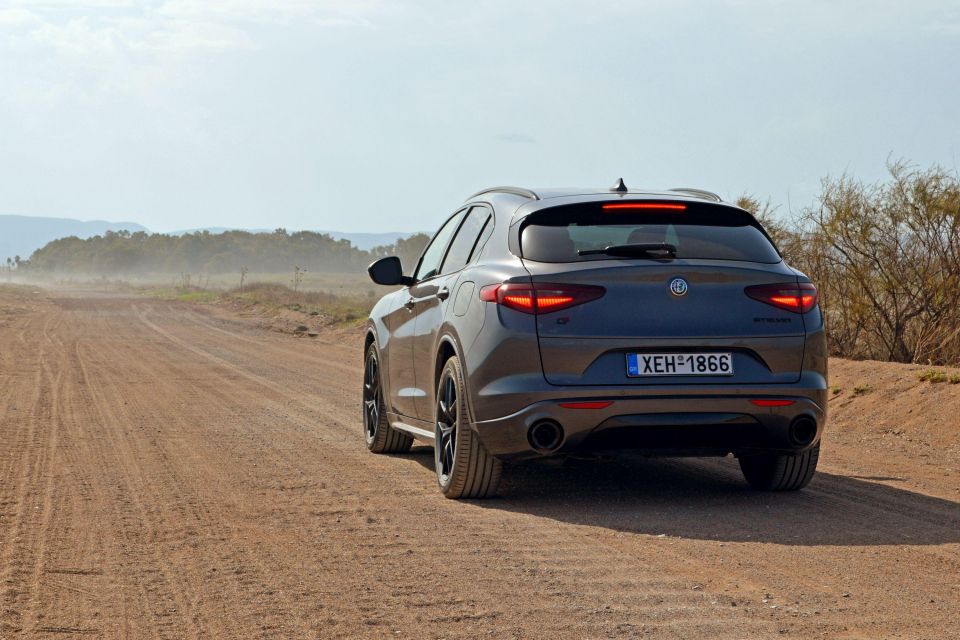
While it satisfies most of the prospective buyer’s needs, the target group of premium D-SUVs doesn’t care much for handling, chassis tuning and steering feel, which are the strongest selling points of the Stelvio over its main rivals.
Thankfully, Alfa Romeo’s SUV is also quite practical and fuel efficient (in diesel form), even though the lack of a hybrid option in its range might be a deal breaker for some people.
Where expert car reviews meet expert car buying – CarExpert gives you trusted advice, personalised service and real savings on your next new car.


Shane O'Donoghue
6 Days Ago


Anthony Crawford
5 Days Ago


Matt Campbell
4 Days Ago


James Wong
3 Days Ago


Max Davies
1 Day Ago


Josh Nevett
12 Hours Ago